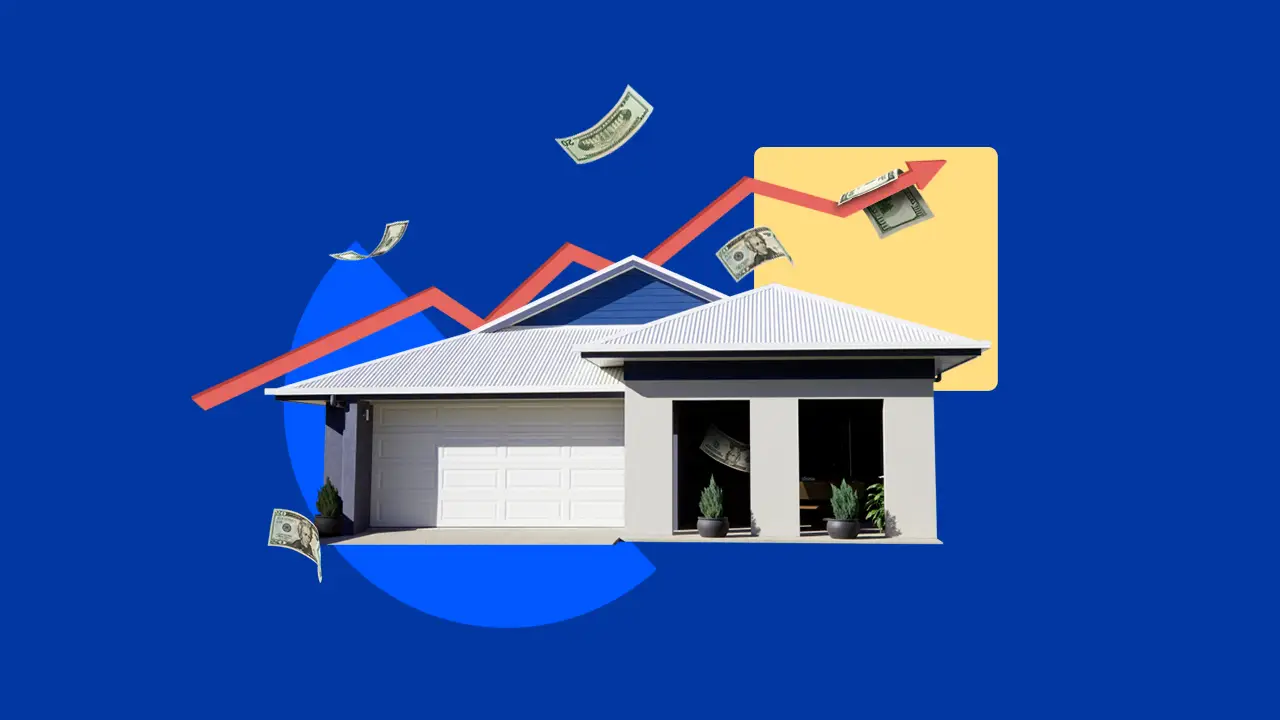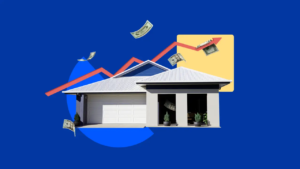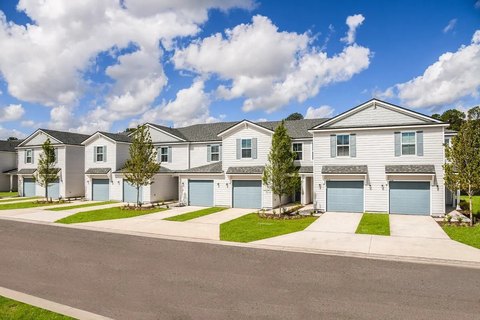Housing Market Cooling: 11 Major Metros See Price Drops as Buyers Exercise Caution
The U.S. housing market is showing clear signs of cooling as we move through mid-2025, with price declines spreading across multiple major metropolitan areas. National home price growth has decelerated to its slowest pace in nearly two years, signaling a significant shift in market dynamics as economic uncertainty takes hold and potential buyers increasingly exercise caution.
Price Declines Spreading Across Major Metropolitan Areas
For the first time since September 2023—a span of 19 months—home prices are declining year-over-year in 11 of the nation's 50 most populous metropolitan regions. This marks a notable turning point in the housing market's trajectory, with several major metros experiencing significant price corrections.
The most substantial price drops during the four weeks ending April 20, 2025, were recorded in:
- San Antonio: -3.7%
- Oakland, California: -3.5%
- Jacksonville, Florida: -2.2%
- Phoenix: -2.0%
- Austin, Texas: -1.3%
The remaining metros experiencing price declines include Dallas, Orlando, Sacramento, Fort Worth, Portland (Oregon), and Nashville—representing a geographically diverse set of markets across multiple regions of the country.
Nationwide, median home sale prices are still increasing, but at a significantly reduced rate of just 2.1% year-over-year—matching the previous four-week period as the slowest growth rate since July 2023. This deceleration comes as the median sale price reaches $388,562 nationwide.
Buyer Hesitation Amid Economic Concerns
The primary driver behind this market cooldown appears to be buyer hesitation rather than increased housing supply. While new listings have increased by 9.6% compared to the same period last year, demand indicators are showing clear signs of retreat:
- Mortgage purchase applications dropped 7% week-over-week (as of the week ending April 18)
- Home touring activity is growing at less than half the pace seen at this time last year
- Pending sales have dipped slightly year-over-year (-0.3%)
- The percentage of homes selling above list price has fallen to 26.4%, down from 30% a year ago
Market experts attribute this cautious approach to a combination of persistently high housing costs and growing economic uncertainty. New tariffs and fears of a potential recession are causing many potential buyers to delay major financial commitments, despite mortgage rates being slightly lower than at this time last year.
Mortgage Rates and Affordability Challenges
Affordability continues to be a significant hurdle for potential homebuyers. The median monthly housing payment has reached $2,848—just $8 below the all-time high—as weekly average mortgage rates jumped from 6.62% to 6.83% in a single week.
While the daily average 30-year fixed mortgage rate of 6.94% (as of April 23) represents an improvement from the 7.41% seen at this time last year, the recent upward trend is concerning for market participants. This rate volatility, coupled with home prices that remain historically high despite the slowdown, is creating a challenging environment for buyers.
Supply-Demand Imbalance Shifting
The relationship between housing supply and demand is showing signs of rebalancing. Active listings have increased by 14.7% year-over-year, though this represents the smallest increase in over a year. The months of supply metric stands at 4, up 0.7 points from last year, putting the market closer to balanced territory between buyers and sellers.
Other key indicators reflecting this shift include:
- Median days on market increasing to 40 (up 5 days year-over-year)
- The percentage of homes sold within two weeks dropping to 40% (down from 42%)
- Average sale-to-list price ratio decreasing to 98.8% (down from 99.3%)
These metrics collectively point to a market that's becoming less competitive, giving buyers more negotiating power than they've had in recent years.
Regional Market Variations
The housing market continues to show significant regional variations, with some areas still experiencing robust price growth despite the national cooling trend. The metros with the strongest year-over-year price increases include:
- Milwaukee: 11.7%
- Newark, New Jersey: 11.2%
- Cleveland: 9.5%
- Chicago: 7.7%
- Baltimore: 7.0%
Pending sales activity also varies dramatically by region. Markets showing the strongest growth in pending sales include Columbus (16.4%), Boston (14.3%), and Cincinnati (12.3%), while Miami (-25.6%), Fort Lauderdale (-17.9%), and West Palm Beach (-15.3%) are experiencing significant declines.
Market Insights: Strategic Approaches for Buyers and Sellers
What's causing the current housing market slowdown?
The primary factors include economic uncertainty, fears of recession, new tariffs affecting consumer confidence, persistently high housing costs, and recent upticks in mortgage rates despite being lower than last year.
Should sellers adjust their expectations in this market?
Yes. With prices declining in many metros and homes taking longer to sell, sellers need to price their properties realistically from the start. The days of automatic bidding wars and quick sales are waning in many regions, requiring more strategic pricing and potentially greater negotiation flexibility.
Is now a good time to buy a home?
For financially secure buyers who find the right property, the reduced competition presents opportunities for negotiation on both price and terms. However, economic uncertainties make this a time for cautious decision-making rather than rushed purchases.
Will mortgage rates continue to rise?
Economic instability makes mortgage rate forecasts particularly challenging. While rates remain lower than at this time last year, recent increases suggest potential volatility ahead as markets respond to economic indicators and policy decisions.
Which housing markets are most vulnerable to further price declines?
Areas that experienced rapid price growth during the pandemic boom, particularly in the Sun Belt and tech hubs, appear most susceptible to corrections. Markets including Austin, Phoenix, and Jacksonville are already showing price declines and could experience further adjustments if economic conditions worsen.
What's the best strategy for navigating the current market?
Market expert Chen Zhao recommends that "sellers price homes fairly for the shifting market," potentially lower than their initial expectations to avoid lengthy listing periods and buyer demands for concessions. For buyers, thorough mortgage rate shopping and assertive negotiation on both price and terms are increasingly important in today's environment.
As the housing market continues to evolve through 2025, both buyers and sellers will need to adapt their strategies to these changing conditions. The era of frenzied bidding wars appears to be giving way to a more balanced market where patience and careful negotiation are once again valuable skills in real estate transactions.












